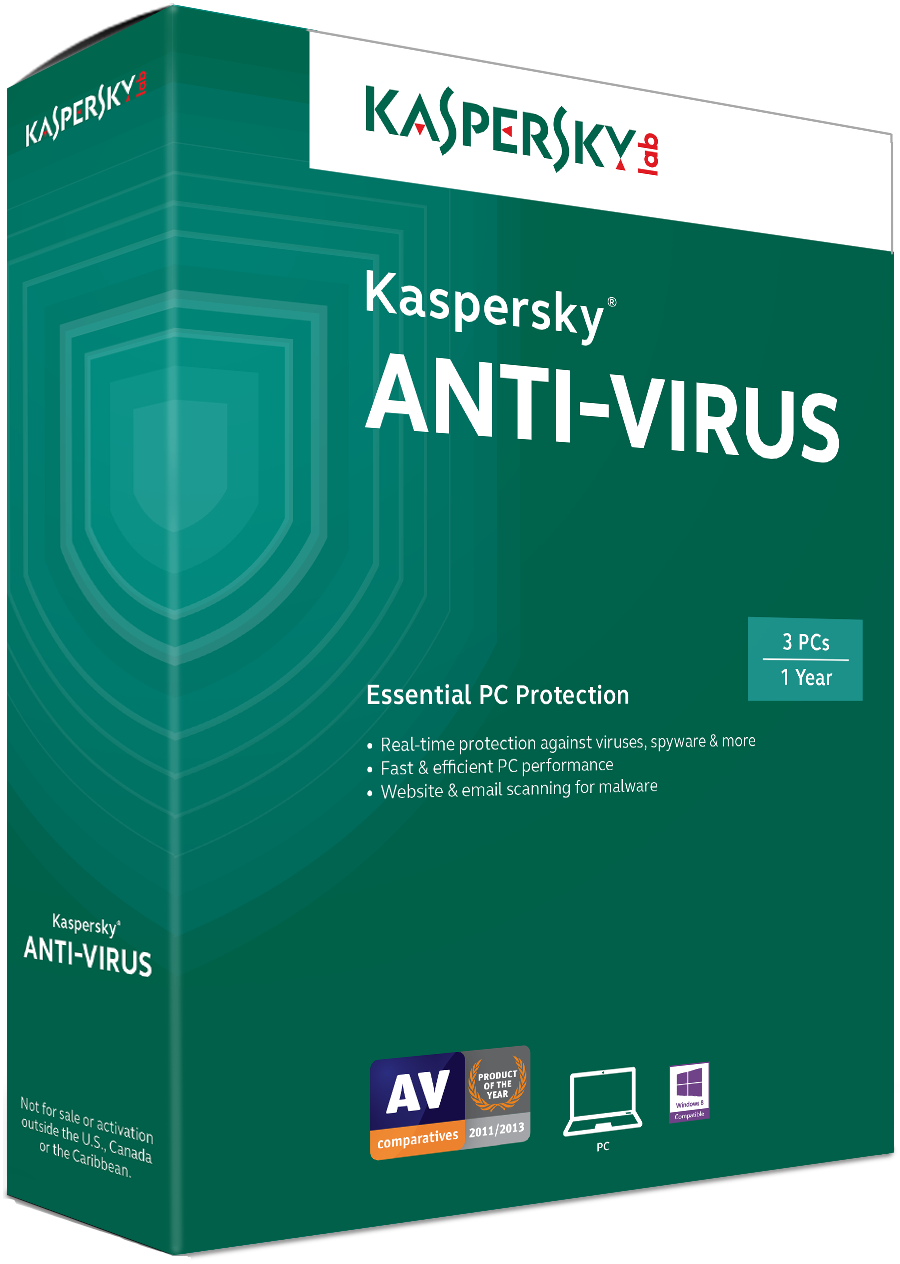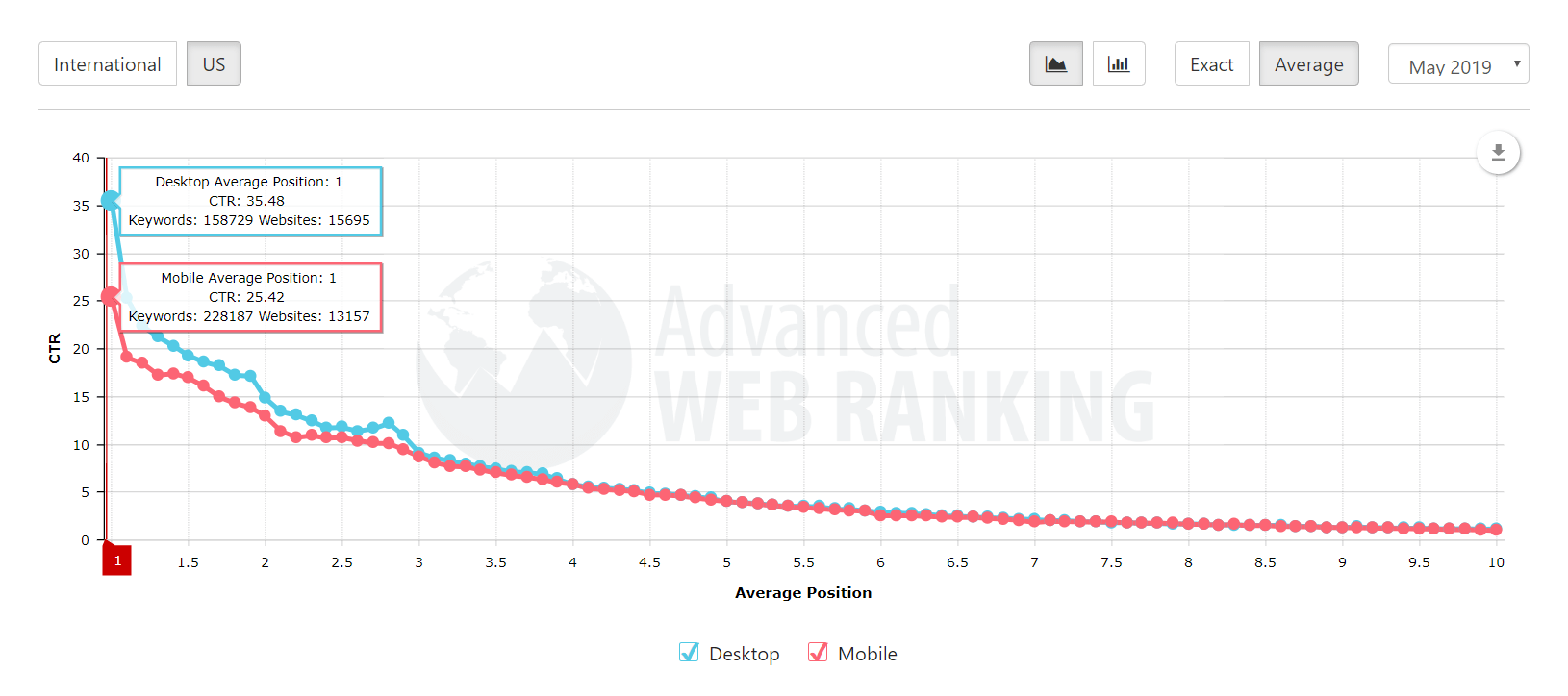

- #Free download kaspersky total security 2018 software#
- #Free download kaspersky total security 2018 Pc#
- #Free download kaspersky total security 2018 windows#
In file ‘_readme.txt’, criminals scare victims by saying that encrypted files cannot be decrypted without paying a ransom. Social media posts (they can be used to force users to download malware with a built-in ransomware downloader or click a malicious link). Drive-by downloads from a compromised web page. Spam or phishing emails that are created to get people to open an attachment or click on a link. Your file directories contain a ‘ransom note’ file that is usually a. All of your documents, photos and music have a new file extension appended to the filenames. Your photos, documents and music fail to open. PWSX-gen, Win/malicious_confidence_100% (D), Malicious (high Confidence),, , 5, 1, HEUR:, Trojan:Win32/Sabsik.FL.B!ml, (RDMK:cmRtazqSPIJt9/NBx7o8Qv4Qb7I3)
#Free download kaspersky total security 2018 software#
To get this software you need write on our e-mail address to contact personal ID: Threat Summary Nameįilecoder, Crypto virus, File locker, Ransomware, Crypto malware Please note that you’ll never restore your data without payment.Ĭheck your e-mail “Spam” or “Junk” folder if you don’t get answer more than 6 hours. Price of private key and decrypt software is $980.ĭiscount 50% available if you contact us first 72 hours, that’s price for you is $490. You can get and look video overview decrypt tool: File must not contain valuable information.
#Free download kaspersky total security 2018 Pc#
You can send one of your encrypted file from your PC and we decrypt it for free.īut we can decrypt only 1 file for free. This software will decrypt all your encrypted files. The only method of recovering files is to purchase decrypt tool and unique key for you. hhjk files, as well as find out where to send the ransom.ĭon’t worry, you can return all your files!Īll your files like pictures, databases, documents and other important are encrypted with strongest encryption and unique key. The message also contains the contact information of the criminals, using which the victim can check the ability of the attackers to decrypt. At this time, the key will cost $490, after 72 hours the ransom will increase to $980. In this message, the criminals report that the user’s files were encrypted and the only way to get them back is to purchase a key and a decryptor. This file contains text written by the Hhjk authors. Screenshot of the contents of ‘_readme.txt’ file (ransom demand message) In all directories where there are encrypted files, the Hhjk virus drops a file named ‘_readme.txt’ This means the following: if the file had the name ‘photo-image.jpg’, then after it has been encrypted, it will be called ‘’. To clearly show that the files are encrypted, the ransomware virus appends a new ‘.hhjk’ extension at the end of the filename of each encrypted file. x圓Īll encrypted files become completely useless, their contents cannot be read in any way. All other files will become the target of the malware, for example, the following file types can be encrypted: In addition, Hhjk virus does not encrypt files named ‘_readme.txt’. Therefore, the ransomware does not encrypt files located in the system directory of Windows, as well as files with the following extensions: ‘.sys.
#Free download kaspersky total security 2018 windows#
Of course, it does not encrypt absolutely all files, since encryption of the Windows system files will cause the computer to stop working. Having determined which key to use, the Hhjk ransomware virus goes to the main thing – it starts the file encryption process.

If a connection to the command server has not been established, Hhjk uses a fixed key (so called ‘offline key’), which is unique for each version of STOP (djvu) ransomware, but the same for each case of Hhjk infection. Such a key is called ‘online key’ and it is unique for each case of ransomware infection. If the Hhjk virus was able to establish a connection with the command server, then it sends some information about the victim’s computer to the server, and the server returns a key to it that must be used to encrypt files. Upon infecting a computer, it performs the following steps as part of its preparation for encrypting files: creates a folder in the Windows system directory and copies itself to it adds itself to the list of programs that start up every time the computer is turned on collects information about the victim’s computer establishes connection with its command server (C&C). Typically, criminals use various tricks, for example, disguising the malicious software as a freeware, cracks, activators and key generators, so that victims download and run Hhjk virus on their computer. In most cases, this malware requires user actions in order to be installed on the computer. Hhjk targets users running Microsoft Windows. Hhjk ransomware is a malware that encrypts files on the victim’s computer and demands a ransom payment to restore access to the contents of these files. Screenshot of files encrypted by Hhjk virus (‘.hhjk’ file extension) QUICK LINKS


 0 kommentar(er)
0 kommentar(er)
